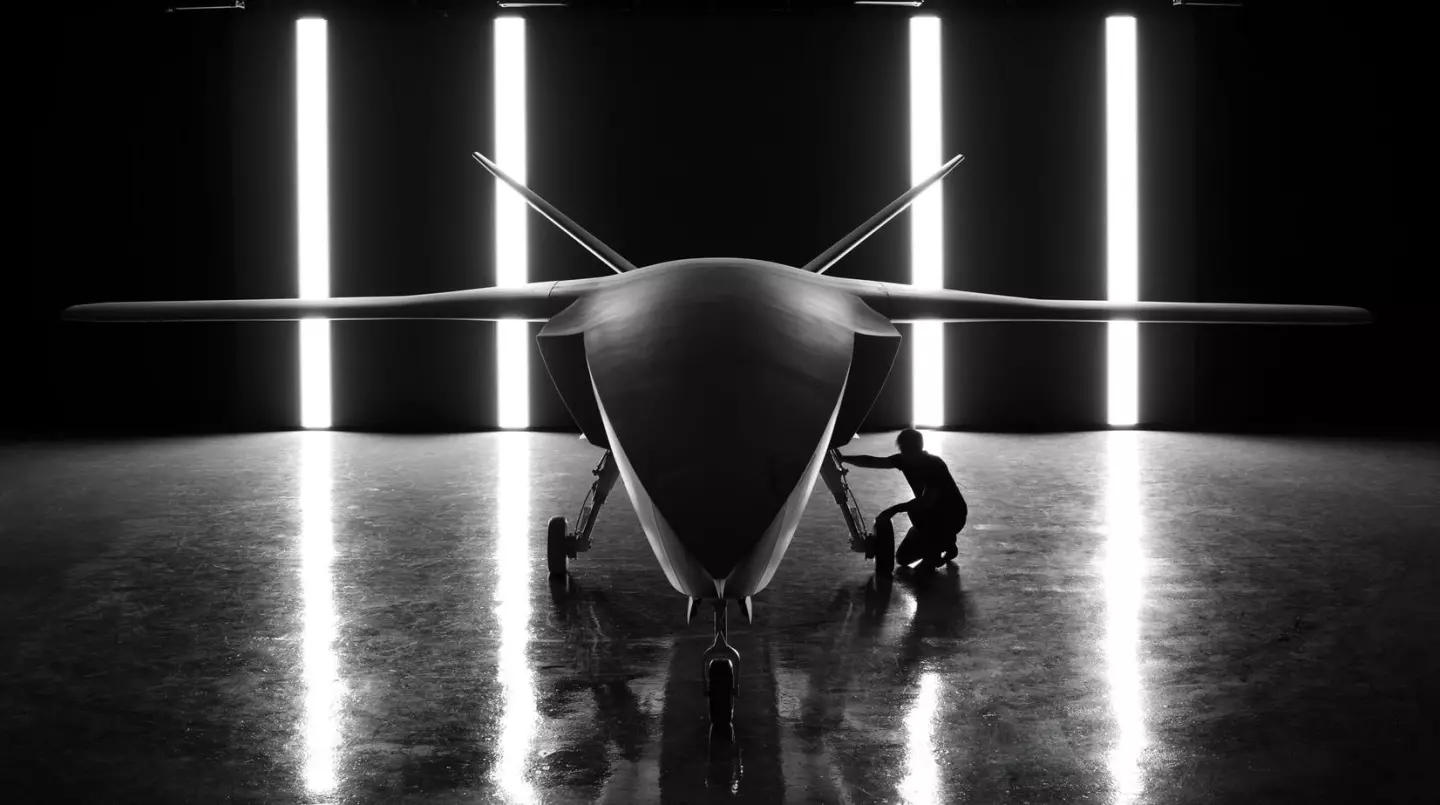Autonomous fighter planes are popping up all over the place these days as more air forces opt for pilotless loyal wingmen. The latest example is Europe's version, the multi-role Helsing CA-1 Europa, which has just made its public debut.
Only a few years ago, Collaborative Combat Aircraft (CCA) seemed like something out of a science fiction film. Jet fighters that could fly autonomously, had performance equivalent to a fifth-generation fighter, and could act as teammates and force multipliers for human pilots were exotic promises given substance by one or two prototypes. Today, they're proliferating, with multiple countries and companies jumping on the bandwagon.
Given the current geopolitical situation, combined with NATO countries rapidly expanding and modernizing their armed forces – not to mention the drive for an increasing emphasis on European strategic autonomy – it isn't surprising to see Europe rolling out its own entry into the race.
Built by Helsing's Grob Aircraft subsidiary, the CA-1 Europa is intended to be not just a force multiplier, it's also meant to be affordable, mass-producible, and attrition tolerant. That is, made to be deployable in large numbers in serious peer-to-peer conflicts that could see heavy aircraft losses that need replacement in short order.
Bearing a superficial resemblance to the Boeing MQ-28 Ghost Bat being developed in Australia, the CA-1 weighs about four tonnes with a length of 36 ft (11 m) and a wingspan of 33 ft (10 m). Since it's still under development, specifications like speed, range, and engine type haven't been released, though it's expected to operate in the high subsonic speed range.
From the images released, we can deduce a few things about the aircraft. For one thing, it has a light undercarriage and a modular payload area behind a pair of belly doors to carry weapons or sensors as the mission requires. In addition, there's a distinct emphasis on stealth with radar-cheating lines, cranked-kite wings and canted vertical tails. The engine outlet also boasts a sawtooth opening to break up radar signals.

However, the key to the CA-1 is Helsing's Centaur AI pilot stack, which uses reinforcing machine learning to produce human-level combat performance and lightning-fast decision making and execution. Added to this is the Cirra deep-learning electronic warfare (EW) suite for countering radar and hostile EW systems, and the Symphony AI platform to coordinate mission operations across a wide range of other land, sea, air, and space platforms as well as working with Command-and-Control systems.
Still in the development stage, Helsing says that the CA-1 will make its maiden flight in 2027 and will be operational by 2029, with its most likely first customer being the Royal Air Force.
"Uncrewed fighter jets will become a key capability for establishing air dominance and keeping us safe," Helsing’s Co-Founder and Co-CEO, Torsten Reil. "Europe cannot afford to fall behind in this category or become dependent on third parties. With CA-1 Europa, we will make sure this does not happen."
Source: Helsing







